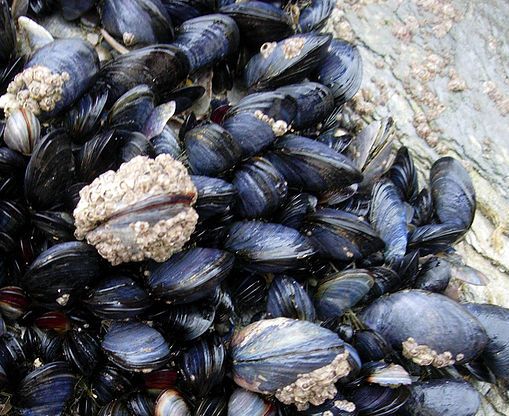- Series:Animals, Transcript English
Psalm 44:8
“In God we boast all the day long, and praise thy name for ever. Selah.”
Nothing is more frustrating than glue that refuses to stick. And nothing is harder on an adhesive’s ability to stick than water. Water can prevent adhesives from solidly touching the surfaces that are to adhere. Freezing and thawing temperatures can force glued surfaces apart. Yet, biological adhesives constantly work without fail in continual contact with water.

The glue itself is made of several proteins. They are mixed in various ratios to provide just the right amount of strength, flexibility and resistance to compression needed for each unique anchoring spot. Some of these proteins are very unusual in structure. Scientists suspect that they change their properties in response to changing conditions – what scientists call a “smart” material.
The mussel is not only a wonder of design, but a sophisticated chemist as well. Modern science is still trying to learn what the Creator has taught the mussel about glue.
Prayer:
Dear Lord, when science tries to learn how the mussel makes its glue, it is recognizing that the creation has sophisticated designs in it. Even if it’s unintentional, this is praise for You. I praise You, too. Amen.
Notes:
Amato, Ivan. 1991. “Stuck on mussels.” Science News, v. 139, Jan. 5. p. 8.
